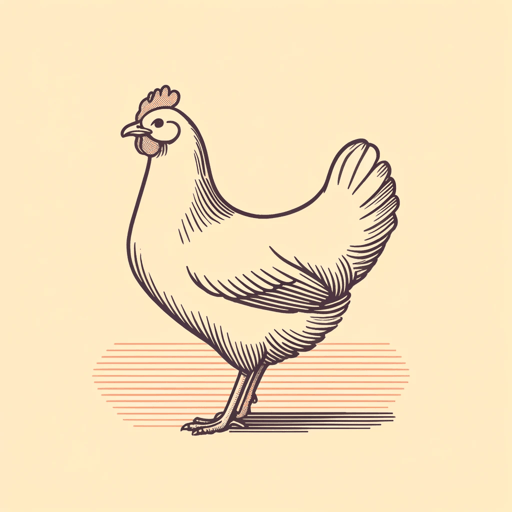37 pages • 1 hour read
Sun-Mi HwangThe Hen Who Dreamed She Could Fly
Fiction | Novel | Adult | Published in 2000A modern alternative to SparkNotes and CliffsNotes, SuperSummary offers high-quality Study Guides with detailed chapter summaries and analysis of major themes, characters, and more.
Symbols & Motifs
The Acacia Tree
Sprout constantly gazes out a crack in the chicken coop at the acacia tree in the yard. This tree is symbolic in several ways. First, it’s a beautiful being that exists outside the coop where Sprout is imprisoned, so it represents freedom to Sprout: “The acacia tree on the edge of the yard was blooming with white flowers. Their sweet scent caught the breeze and wafted into the coop, filling Sprout’s heart” (7). She gazes outward at the tree and marvels at its beauty, rather than focusing her attention into the coop and the feed, as the other chickens do, illustrating both her individuality and her desire to live outside of the coop.
Second, the tree’s sprouting buds and leaves that bloom each spring and then fertilize the soil each autumn thematically symbolize Nature’s Cycle of Death and Rebirth. This life cycle inspires Sprout’s self-given name: “Sprout wanted to do something with her life, just like the sprouts on the acacia tree” (7). This foreshadows her life cycle when she does escape the coop; she briefly “blooms” to enable the survival of the next generation, including Baby, her adoptive child, and finally sacrifices herself for the nourishment of the baby weasels.
Featured Collections
Birth & Rebirth
View Collection
Books on Justice & Injustice
View Collection
Mortality & Death
View Collection
Mothers
View Collection
Nature Versus Nurture
View Collection
Safety & Danger
View Collection
Truth & Lies
View Collection
Valentine's Day Reads: The Theme of Love
View Collection

